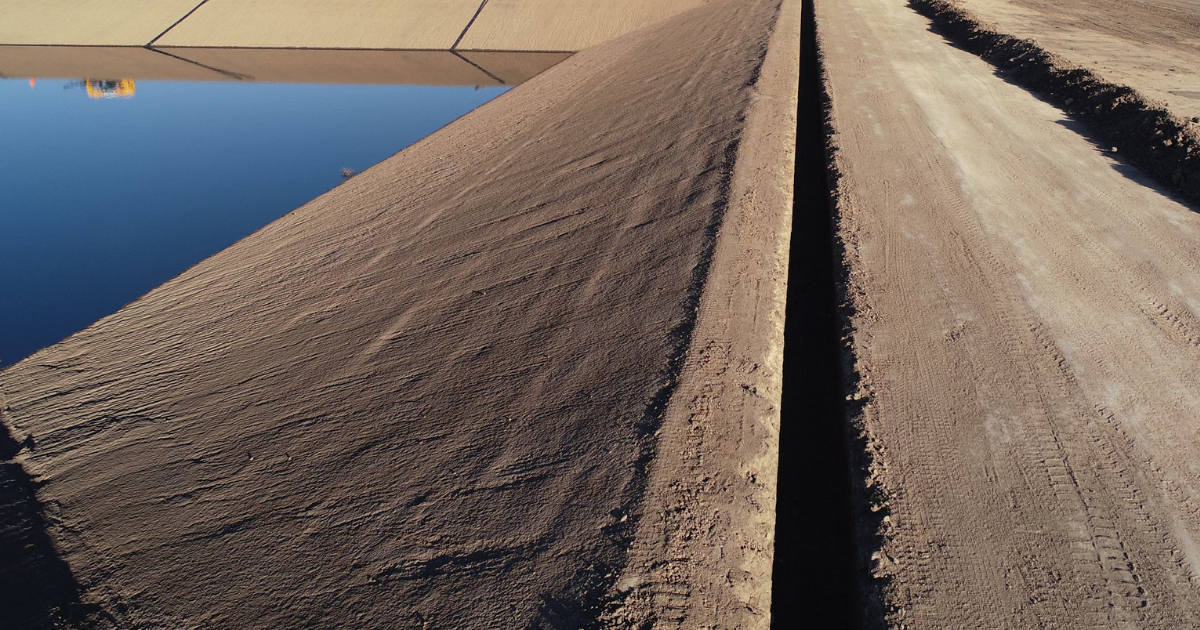
3.14.22
The Quick Guide to Grading & Drainage Design
Grading and Drainage Design can’t guarantee future facility profitability – but they can ensure that the initial costs of construction are worth it. Understanding the importance of proper draining and grading helps clients understand the costs of moving dirt and why it pays to have an expert do the work.
What is Grading & Drainage Design?
Proper grading and drainage design is likely the most critical part of any construction project. So what is it? Grading is the process of moving dirt to prepare existing land for construction. Then, using cut (removal of soil) and fill (adding dirt in) techniques, site graders sculpt the land to ensure your site is build-ready.
Grading ensures that stormwater flows away from the project to a specific area. Rough grading can also include removing debris and vegetation to ready the land for the equipment to begin the grading process. Site grading optimizes the ground for future intended use.
Why Proper Grading & Drainage Matters
In any construction project, grading ensures water flows away from your facility. Properly prepared ground minimizes wind and water problems down the road. It is vital to divert water away from your facility without pooling issues. Poor grading can also pose liability issues if contaminated water isn’t flowing to its intended final location.
In feedyard construction, cattle comfort is king. Water that moves away from the cattle keeps their hooves dry, and their all-around health is significantly better than if they were frequently standing in water.
Erosion control is another benefit of site grading. Properly compacted dirt drains water efficiently and prevents soil loss. This lessens the overall cost of facility maintenance and overhead costs.
How MJE Helps with Grading & Drainage Design
Max Jantz is known as “The Dirt God” for his incredible ability to move dirt effectively. Max pioneered techniques that prioritize cattle comfort, erosion control, and equipment efficiency throughout his career. MJE uses these techniques to prepare civil sites, dairies, feedyards, and other environmental projects with maximum impact.
Our qualified estimators & designers understand survey data and provide bids with unmatched accuracy. Our equipment monitors efficiency for the maximum payout by utilizing state-of-the-art land and air surveys for the most accurate elevation data throughout construction. High-tech elevation maps show clients exactly how MJE will move the dirt. Our expert staff has the experience to plan construction for ultimate equipment performance. In addition, we strategically cut/fill construction in phases that optimize man and machine power.
To protect our clients, MJE ensures that construction complies with all local, state, and federal laws to protect clients from headaches down the road. In addition, proper drainage and site grading alleviate environmental concerns.
Investing in proper grading pays off in several ways – the long-term maintenance costs will be less, and the health of the cattle will be better. In addition, it saves money down the line because you won’t be paying to move the dirt again & again, and our techniques mean we can fill/cut with the fewest possible trips.
“I am [also] impressed that MJE is willing to get the right equipment for the job, be it so that your crews can work as ergonomically and efficiently as possible or so that you can meet a deadline so another phase of the project can move forward.”
Ray Slattery, PE, Director of Engineering Services, City of Dodge City Kansas
MJE creates tips & guides like this to educate and inform our clients about construction industry best practices. To ensure you never miss a post, subscribe to our newsletter.